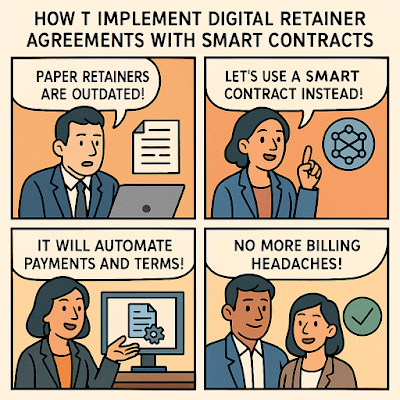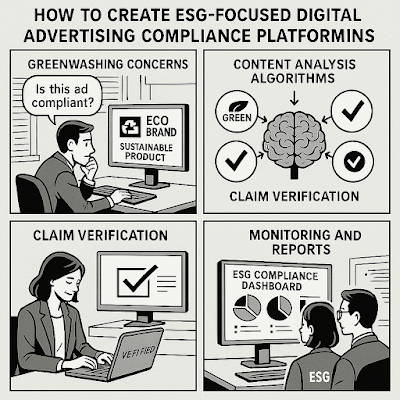Using Differential Privacy to Protect Employee Analytics Platforms

Using Differential Privacy to Protect Employee Analytics Platforms In today’s data-driven workplace, HR and operations teams increasingly rely on employee analytics platforms to monitor productivity, engagement, attrition risk, and more. But behind every metric is a person—and mishandling personal data can lead to trust erosion, legal penalties, or internal backlash. Differential privacy offers a powerful solution: a mathematical framework that adds statistical noise to data outputs, ensuring individual employees cannot be reverse-identified—even in granular dashboards. 📌 Table of Contents What Is Differential Privacy? Why It Matters in Employee Analytics How It Works in Practice Tools, Platforms, and Use Cases Conclusion 🔐 What Is Differential Privacy? Differential privacy is a technique that introduces controlled randomness into data queries, making it statistically impossible to determine whether any individual’s data is included in a dataset...







